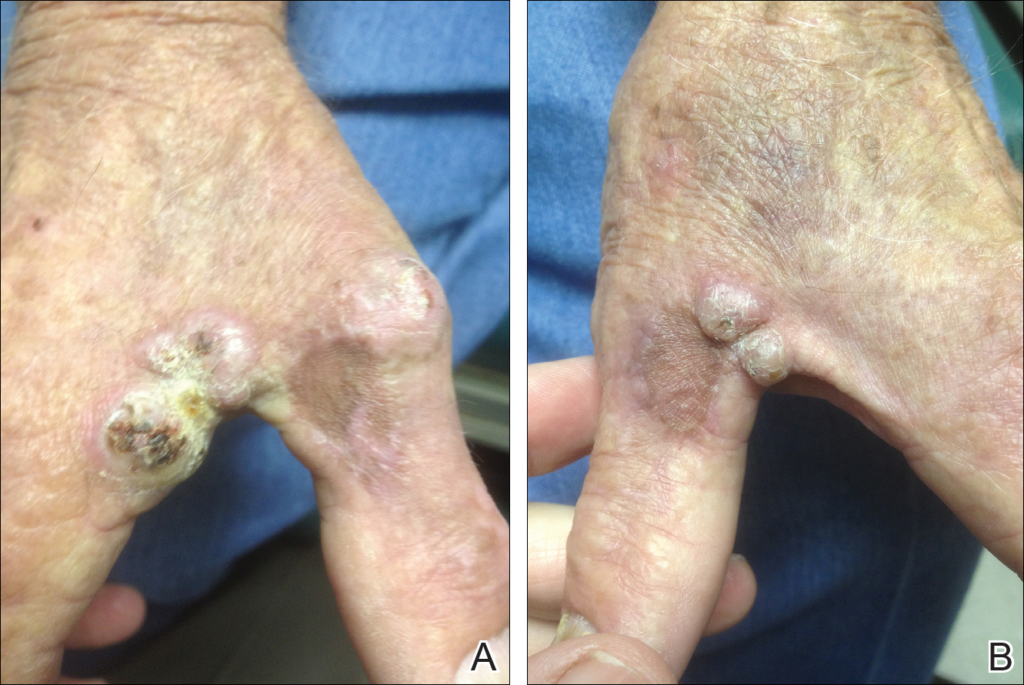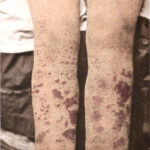Disseminated Mycobacterium avium complex (MAC) infection is a serious health concern that predominantly affects individuals with compromised immune systems. This condition, caused by non-tuberculous mycobacteria (NTM), can result in widespread systemic illness, making early detection and intervention crucial. This article explores the causes, symptoms, diagnosis, treatment options, and prevention strategies for disseminated MAC infection, providing a comprehensive understanding of this complex disease.

Understanding Mycobacterium Avium Complex (MAC)
What is Mycobacterium Avium Complex (MAC)?
Mycobacterium avium complex (MAC) refers to a group of bacteria consisting primarily of Mycobacterium avium and Mycobacterium intracellulare. These bacteria are ubiquitous in the environment, commonly found in soil, water, and dust. While MAC is generally harmless in healthy individuals, it can cause severe infections in people with weakened immune systems, such as those with HIV/AIDS, cancer, or organ transplants.
Pathogenesis of MAC Infection
MAC infection occurs when the bacteria enter the body through the respiratory, gastrointestinal, or lymphatic systems. In healthy individuals, the immune system is typically able to control the infection. However, in immunocompromised individuals, the bacteria proliferate and spread throughout the body, leading to disseminated disease. This process can result in a wide range of clinical manifestations, including fever, weight loss, fatigue, and organ-specific complications.
Clinical Manifestations of Disseminated MAC Infection
Common Symptoms of Disseminated MAC Infection
The symptoms of disseminated MAC infection can be subtle or severe, and they vary depending on the extent of dissemination and the organs involved. Common symptoms include:
- Fever: Often intermittent and prolonged, it can be one of the earliest signs of infection.
- Weight loss: Significant weight loss is common and may be associated with a decrease in appetite.
- Fatigue and malaise: Patients often experience extreme tiredness and a general feeling of illness.
- Night sweats: Profuse sweating during the night is a hallmark of disseminated infection.
- Abdominal pain: This can occur if the gastrointestinal system is involved, often with diarrhea or bloating.
- Liver and spleen enlargement: Hepatosplenomegaly is common in patients with disseminated MAC infection, as the infection can affect these organs.
- Anemia: Due to chronic infection, anemia may develop as a result of bone marrow suppression or blood loss.
Organ-Specific Symptoms
MAC infection can also affect specific organs, leading to additional complications:
- Pulmonary involvement: Although disseminated MAC primarily affects the systemic system, pulmonary symptoms such as cough, shortness of breath, and chest pain can occur.
- Lymphadenopathy: Enlarged lymph nodes, particularly in the neck and underarms, are common in disseminated MAC infections.
- Gastrointestinal symptoms: The stomach, intestines, and liver can become inflamed, resulting in nausea, vomiting, and diarrhea.
Diagnosis of Disseminated MAC Infection
Clinical and Laboratory Diagnosis
Diagnosing disseminated MAC infection can be challenging due to its nonspecific symptoms, which overlap with many other infectious and systemic conditions. A combination of clinical evaluation, laboratory testing, and imaging studies is required for accurate diagnosis.
- Microbiological Testing: The definitive diagnosis of MAC infection requires the identification of Mycobacterium avium or Mycobacterium intracellulare from clinical specimens. These may include blood cultures, sputum samples, or tissue biopsies from affected organs. Acid-fast bacillus (AFB) staining and PCR testing are commonly used to detect mycobacteria.
- Chest X-Ray and CT Scan: Imaging studies, especially chest X-rays and computed tomography (CT) scans, can help detect pulmonary involvement or other organ-specific manifestations of the infection.
- Blood Cultures: Blood cultures are essential for identifying disseminated MAC, particularly in immunocompromised patients, where bacteremia is a common feature of the disease.
- Liver and Spleen Biopsy: In cases where liver or spleen involvement is suspected, a biopsy may be performed to confirm the presence of mycobacteria.
Treatment of Disseminated MAC Infection
Antimicrobial Therapy
The cornerstone of treatment for disseminated MAC infection is antimicrobial therapy. Given the complex nature of the infection, treatment typically involves a combination of drugs to ensure effective eradication of the bacteria. The most commonly used antibiotics include:
- Azithromycin: A macrolide antibiotic, azithromycin is often used as the primary agent for treating MAC infections due to its broad-spectrum activity against Mycobacterium avium.
- Rifabutin: Rifabutin, a rifamycin antibiotic, is frequently used in combination with azithromycin to enhance the efficacy of treatment.
- Ethambutol: This drug is used to inhibit the growth of mycobacteria and is commonly prescribed in conjunction with other antibiotics.
- Clofazimine: In certain cases, clofazimine may be added for its bactericidal properties, especially in more severe or refractory infections.
Duration of Treatment
The treatment duration for disseminated MAC infection typically lasts for at least 12 months, but it may be extended depending on the patient’s response to therapy. Patients should be monitored regularly for signs of treatment failure or drug resistance.
Adjunctive Therapies
In addition to antimicrobial agents, supportive therapies may be necessary, including the management of symptoms such as fever, pain, and malnutrition. Antiretroviral therapy (ART) should be initiated or optimized in HIV-positive patients, as controlling HIV infection can improve immune function and reduce the risk of MAC infection.
Prevention of Disseminated MAC Infection
Prophylactic Antibiotics
For individuals at high risk of developing disseminated MAC infection, such as those with HIV/AIDS and low CD4 counts, prophylactic treatment may be recommended. The use of azithromycin or clarithromycin at a low dose can significantly reduce the risk of MAC infection in these individuals.
Hygiene and Environmental Measures
Given the environmental nature of Mycobacterium avium, it is important for immunocompromised individuals to avoid exposure to contaminated water sources, soil, and dust. Simple precautions, such as boiling water or using filtered water, can help reduce the risk of infection.
Monitoring at-Risk Patients
Regular screening and monitoring of at-risk individuals, particularly those with compromised immune systems, can help identify MAC infection early, allowing for timely intervention and treatment.
Prognosis and Outlook
The prognosis for disseminated MAC infection depends on the patient’s overall health and immune status. With early diagnosis and appropriate treatment, many patients can achieve favorable outcomes. However, in severely immunocompromised individuals, especially those with advanced HIV/AIDS, the infection can be difficult to manage and may lead to significant morbidity and mortality.

